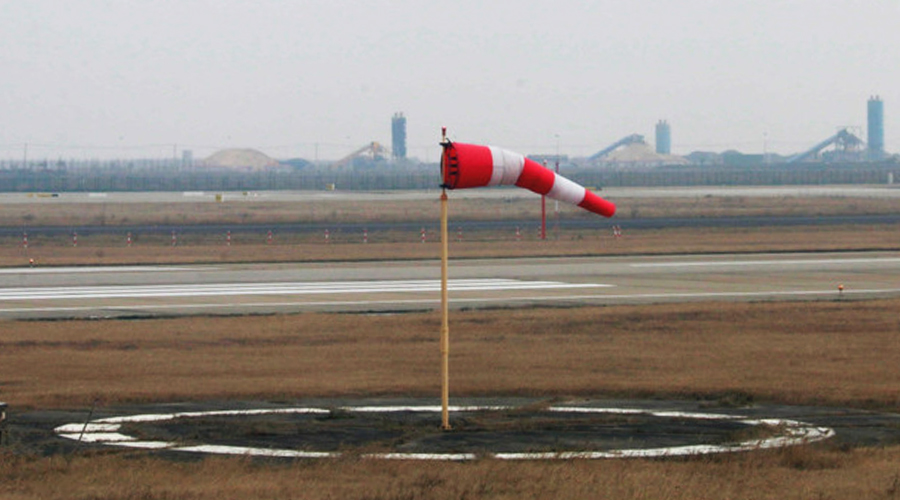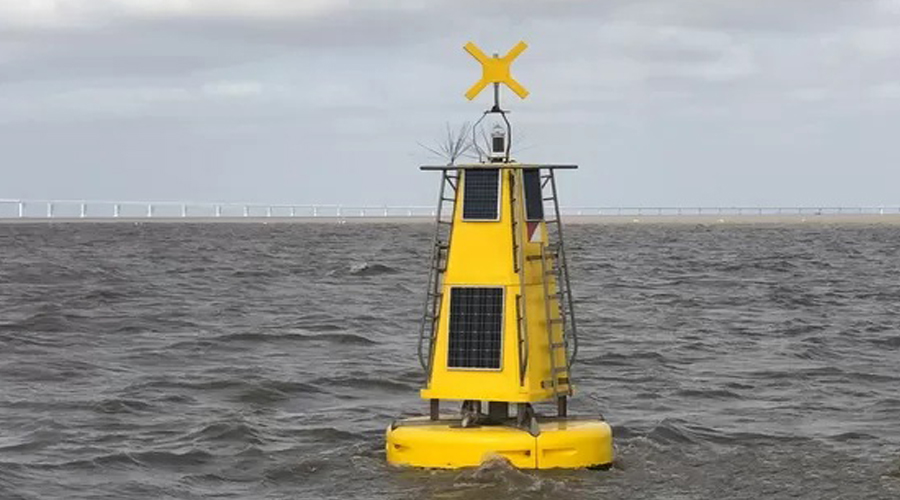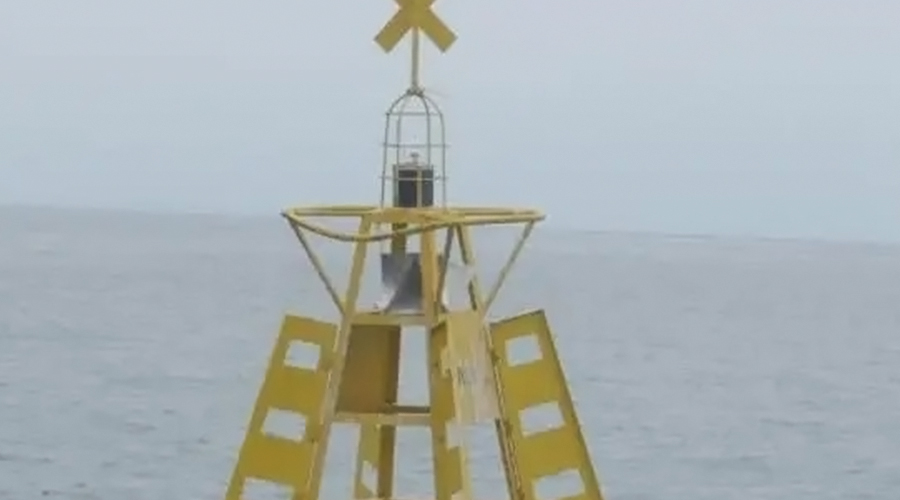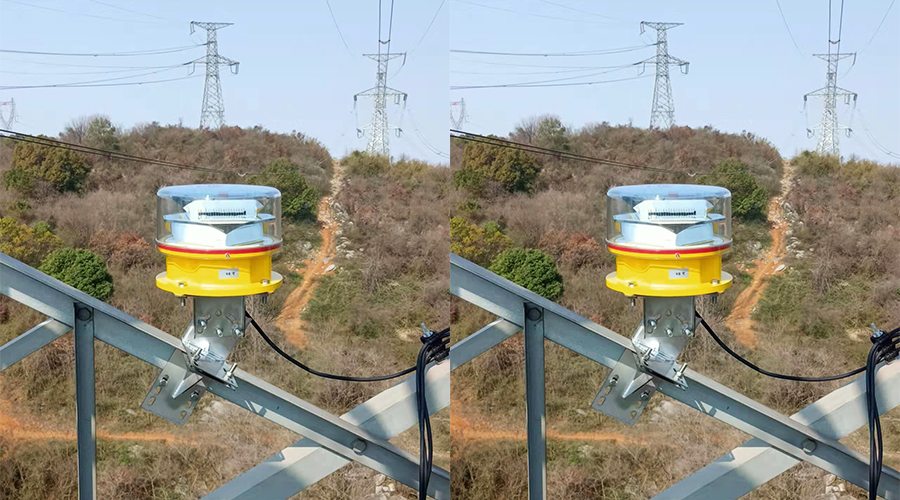
Why Do You Need Solar Apron Lights
Solar apron lights are in demand at major airports, aprons, and buildings because of their environmental protection, economy, reliability, and

The main function of the airport wind cone (also known as wind bag, wind bag) is to visually indicate the ground wind direction and wind speed, provide real-time meteorological information for pilots, ground crew and tower, and ensure the safety of aircraft take-off and landing and ground operations. The specific functions are discussed with you in the article.
The open end of the airfield wind vanes points to the direction of the wind (that is, the direction from which the wind blows), and the tail flutters with the wind. For example, if the wind bag points to the north, it means that the current wind is north.
Pilots can adjust the take-off and landing direction according to the wind direction (take off and land against the wind to increase lift), and ground crew can also arrange the use of the runway accordingly.
By observing the fluttering angle and fullness of the wind vane, the wind speed can be roughly judged:
Horizontal fluttering: The wind speed is large (usually ≥15 knots, about 28 kilometers/hour).
Half-filled: Medium wind speed (about 515 knots).
Natural droop: The wind speed is low (<5 knots) or there is no wind.
Wind vane at some airports are marked with stripes or colors to help quantify wind speed (e.g., each stripe represents 5 knots).
At night or when visibility is poor, wind cones are usually equipped with lighting (such as white or orange lights) to help pilots identify wind direction.
The tower and pilots will choose the runway closest to the headwind based on the real-time data of the wind cone (taking off and landing against the wind can shorten the aircraft’s taxiing distance and improve safety).
Small airports or temporary runways may lack automatic weather stations. Wind cones are low-cost, reliable backup equipment that provides key meteorological information.
According to the recommendations of the International Civil Aviation Organization (ICAO), the airport wind cone is usually 3.6 meters long and 0.9 meters in diameter. It needs to be installed in a conspicuous and unobstructed location near the runway.
Relationship with meteorological instruments: Although modern airports are equipped with electronic wind direction and anemometers, airport wind cones are still an important backup that is intuitive and does not require electricity. By using wind vanes, aviation personnel can quickly respond to weather changes, reduce the risk of crosswind takeoff and landing, and ensure flight safety.

Solar apron lights are in demand at major airports, aprons, and buildings because of their environmental protection, economy, reliability, and

Marine lantern for buoys there are many types to choose from. Different buoy lights have multiple uses. And 350 kinds

Solar marine buoy lights are available in red, green and white colors, the color has different meanings. 350 kinds flashing

Solar obstacle warning light mainly used in aviation, airports, helipads, highways, road construction, etc. They can improve nighttime safety with

Marine LED Drain Plug Light can be used for safety and ambiance on boats (yachts), pools, spas, fountains or any
Copyright © 2024 Shaanxi Yuefeng Feiyao Technology Co., Ltd. | Powered by YFFY Lights